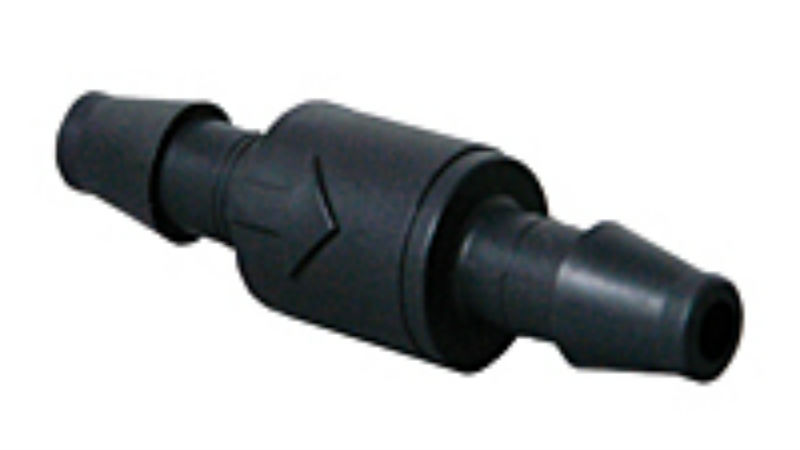One of the most used pieces of equipment in most dental offices is a small device that is rarely if ever, considered when it is working correctly. The small foot control beside every patient chair is a critical component in operating all of the handpieces and dental tools the dentist and dental hygienists use with almost all patients.
Typically, offices do not have spare dental foot controls on hand, which can make it a challenge on a busy day if one suddenly starts operating less than efficiently. The good news is that there may be some simple checks to make to ensure the unit is operable, at least until the repair service can be called or another part purchased and delivered.
Air In and Air Out
The basic role of dental foot controls is to act as a valve or a control, allowing air to move through the system when needed from the compressor to the tool or handpiece in use. This air is used to both provide the pneumatic power for the equipment you are using, but also to provide the correct signal to the water on and off toggle on the foot control, if so equipped. Most of the new systems also provide a set amount of air pressure to the chip blower.
Issues to Consider
There is a regulator inside the system that controls the air pressure (PSI) to the handpiece. This ensures there are no sudden bursts of high pressure or drops in pressure that impact performance. If this regulator fails, there may be high pressure, low pressure or no pressure provided to the handpiece. Removal and replacement of the regulator valve is required.
A common problem that can occur in any design and style of dental foot controls is dripping of the water from the handpiece. This is typically caused when the air valve sticks or is slow to reset and release pressure. Pressure noises for more than a second or two after releasing the foot control are also a sign of a failing air valve, and these can result in problems with the performance of the compressor over time.







